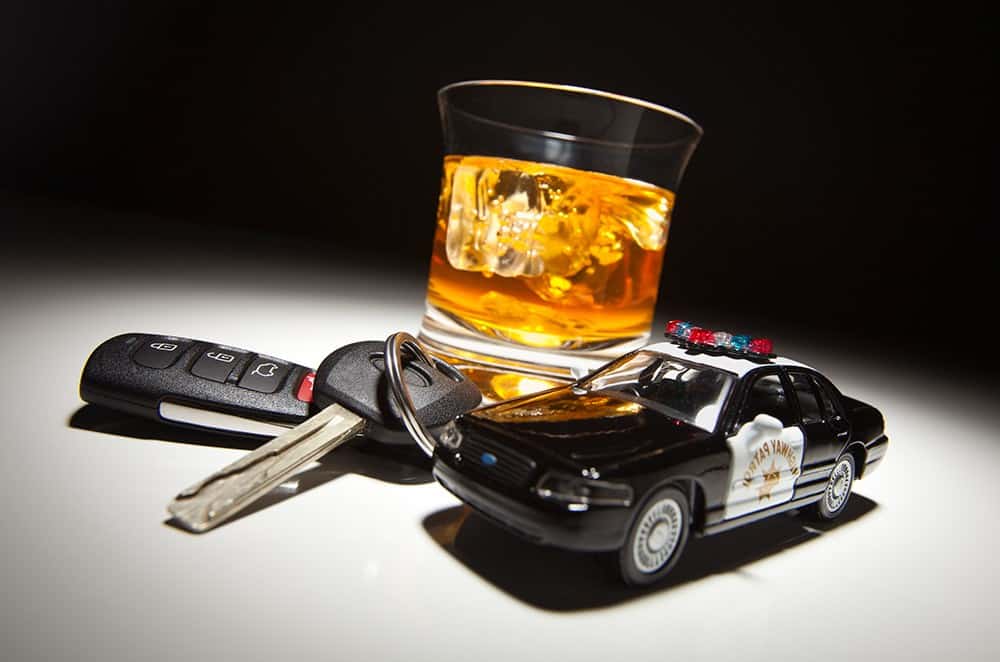To limit the power of the new federal government, the Founding Fathers added the Fourth Amendment to the U.S. Constitution. This measure prohibits federal officers from conducting unreasonable searches and seizures. As an offshoot, courts developed the reasonable suspicion requirement. Officers must have specific, articulable facts of criminal activity before they may detain motorists on the roadway or individuals on the street. Courts also applied this requirement to state and local law enforcement agencies.
DUI checkpoints are the biggest exception to this requirement. These checkpoints normally pop up around July Fourth, New Year’s Eve, and other holidays commonly associated with drinking and driving. If the checkpoint follows all the following rules, officers don’t need reasonable suspicion to stop motorists. If the checkpoint falls short in any area, a Minnesota DWI lawyer might be able to get the case thrown out of court.
Supervisor-Level Decision
This rule’s specifics are rather vague. No one is exactly sure that a police supervisor is, but it’s pretty clear who a police supervisor isn’t. Patrol officers, corporals, and sergeants are definitely not supervisors. With some limited exceptions, these individuals can neither authorize checkpoints nor establish their details.
Normally, supervisors are elected officials who supervise law enforcement agencies, or other high officials who answer, directly or indirectly, to voters. Checkpoints must be authorized at the highest level. Lower-level officials, such as a captain or perhaps a lieutenant, can flesh out the details of individual roadblocks.
Pre-Checkpoint Publicity
The sponsoring agency must sufficiently publicize the checkpoint in order to give people a chance to avoid the area altogether. So, the notice must appear at least a few days before the checkpoint. Moreover, a note on the department’s Facebook page might not be enough. The agency probably at least needs to issue a press release.
On a related note, the checkpoint itself must give motorists a reasonable opportunity to turn around and avoid it. More on that below.
Reasonable Parameters
This requirement is very subjective. So, it could be easy for the state to prove in court. It could also be easy for a Minnesota DWI lawyer to disprove in court.
These parameters usually include the location, time, and duration. A freeway off-ramp is not a reasonably safe location for a DUI checkpoint. A major side-street near a cluster of bars or a concert or other special event is a much more reasonable location. As for the time of day, a late evening time window is usually the best time for a DUI roadblock. Earlier times would probably not nab very many drunk drivers, and later times are unsafe. Finally, as for the duration, two or three hours is usually a reasonable time period.
Adequate Signage
Warning signs, like “DUI Checkpoint Ahead,” must clearly indicate the nature of the stop. But that’s not enough. Other signs should give specific instructions, such as “Be Prepared to Stop” and “Have Drivers’ License and Proof of Insurance Ready.” A DUI checkpoint is not a speed trap which gives motorists little or no notice.
On a related note, you have rights at a DUI roadblock. You must present the aforementioned documents for inspection. You must also obey basic “stop” and “go” commands. However, you need not answer questions or even roll down your window.
Sufficient Safety Precautions
Warnings signs alone are not enough. Other safety precautions include lights and traffic cones. Officers should also wear reflective vests or other such clothing. Speed bumps and gates are good, but probably unnecessary.
As a rule of thumb, these traffic cones and warning signs should appear about a quarter-mile before the checkpoint itself. Motorists must be able to turn around before traffic backs up. Note that chase cars will almost certainly trail these motorists for at least several miles. If these motorists roll through stop signs or commit any other violations, the chase cars will pull them over.
Neutral Formula
This requirement might be the most important one. DUI checkpoints are not “random checkpoints” in the sense that officers cannot detain some vehicles and wave others through. Instead, officers must stop vehicles according to a pre-determined formula, such as every third or fourth vehicle.
Limited Detention
Officers cannot stop every vehicle, at least in most cases, because traffic would back up, and wait times would increase. As a rule of thumb, motorists cannot wait at checkpoints for more than about twenty seconds. The clock starts ticking when they pass the first sign or traffic cone and stops ticking when officers allow them to move along.
So, officers have discretion to switch from one neutral formula to another one. For example, they might begin by detaining every third car. But if traffic backs up and wait times increase, they can go to every fourth car, in order to speed things up. If traffic thins out, they may go back to every third car.




